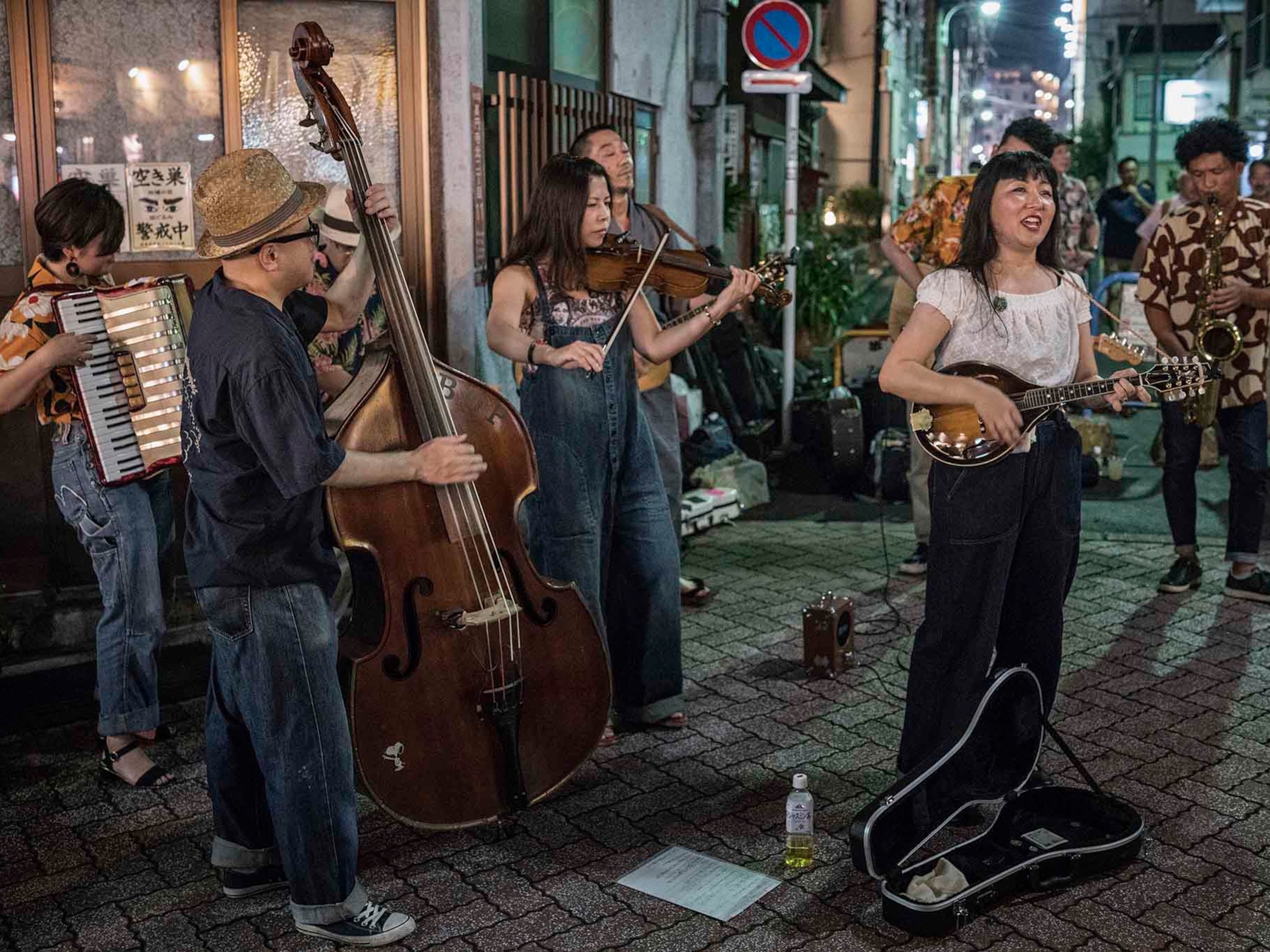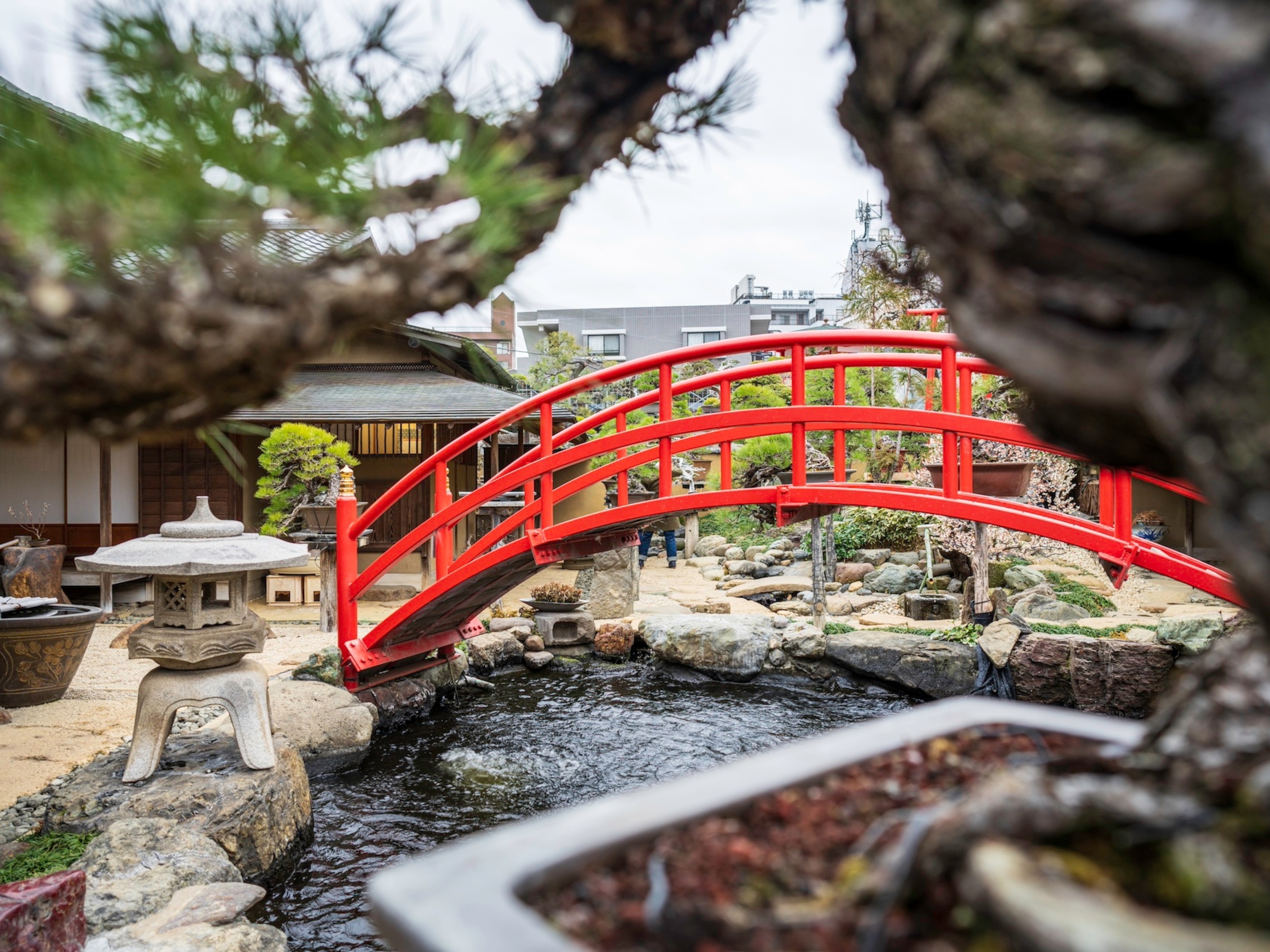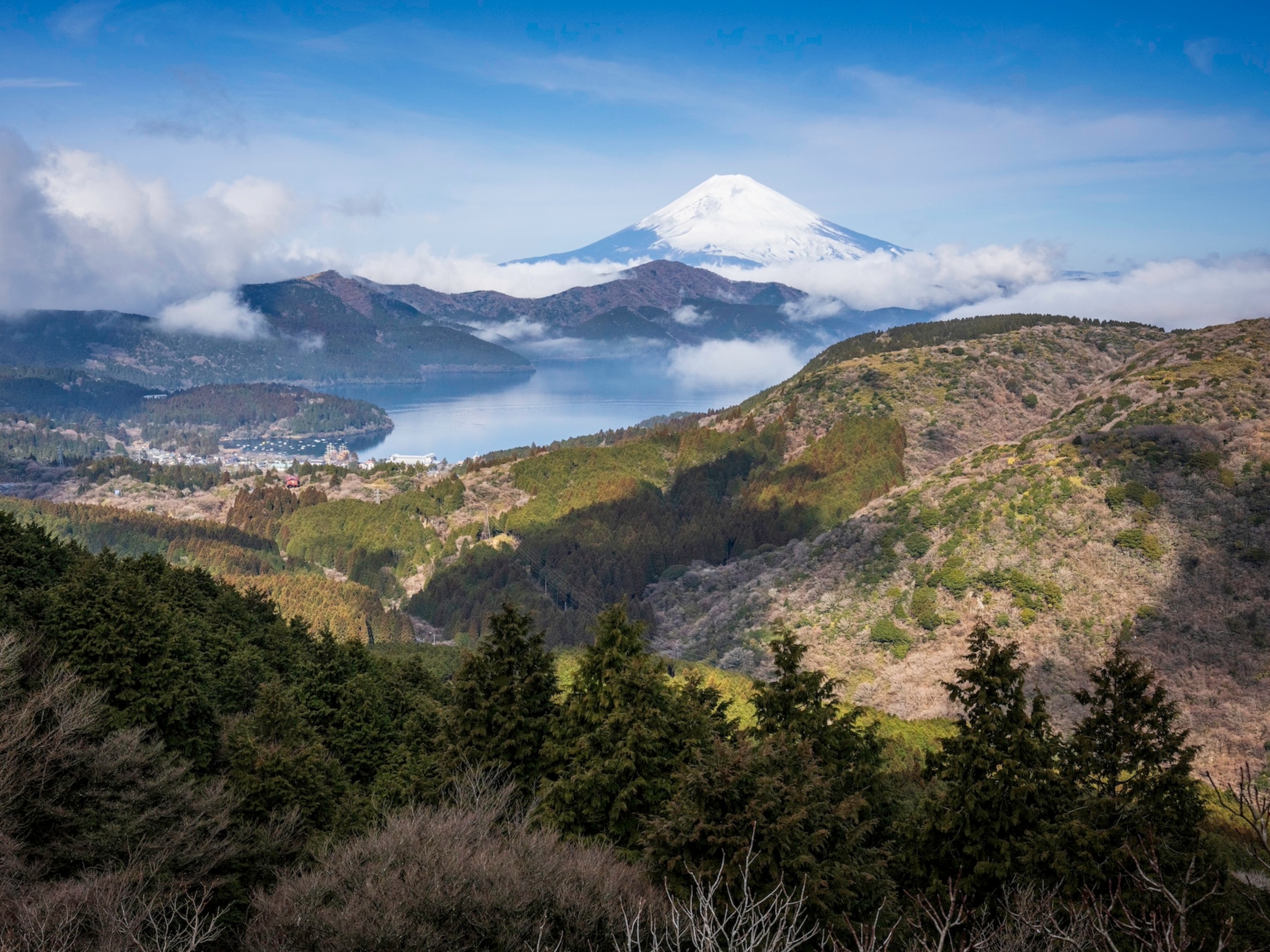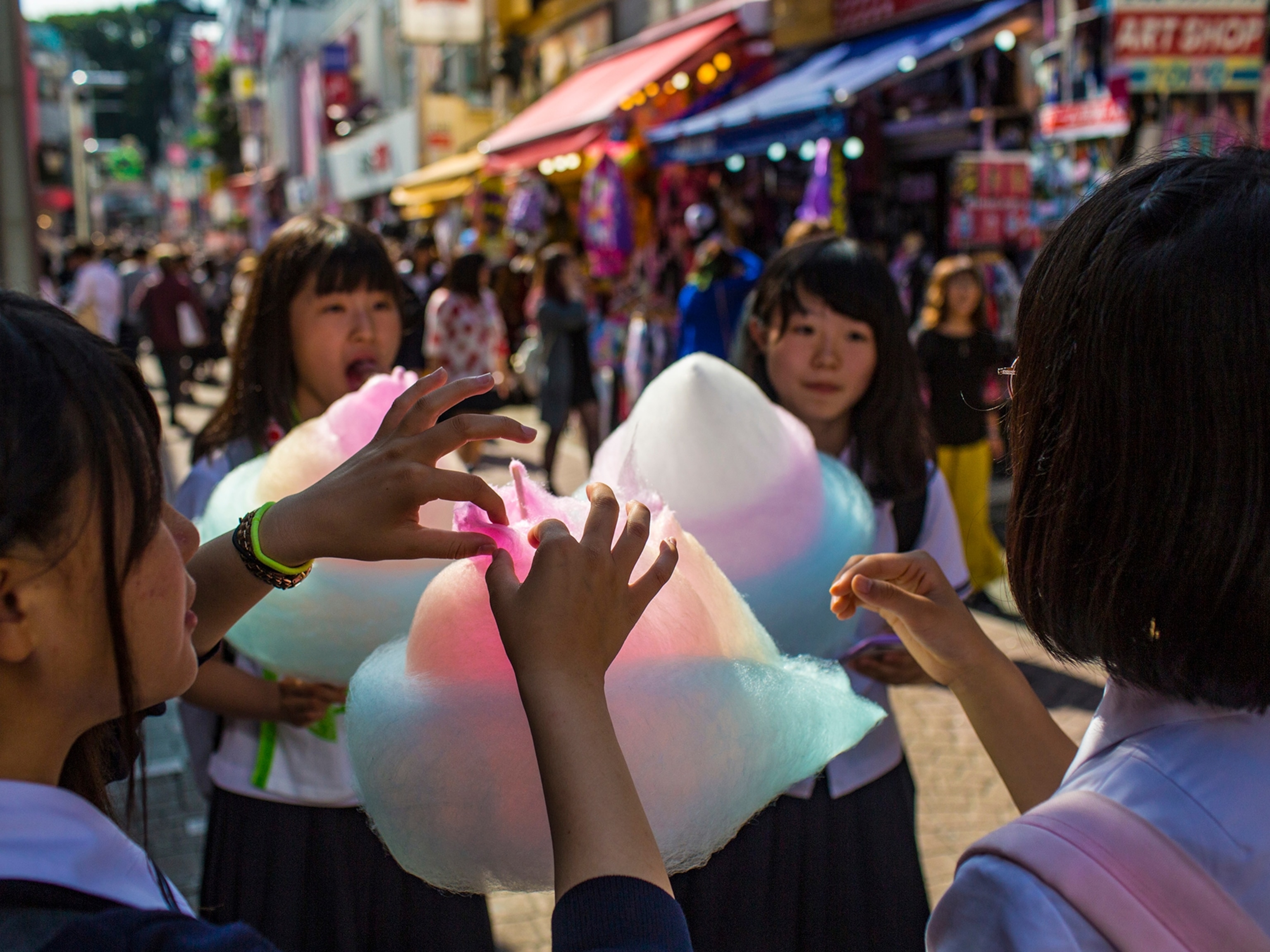
Weave your own artistic Tokyo tale
From modern wares to traditional crafts, art finds expression in the everyday here in Tokyo.
For well over a millennium, Japanese art has flourished and captured the imagination of locals and visitors alike. It sits front and centre as part of a deeper aesthetic in Japanese culture and artistic expression not only weaves its way through obvious examples such as origami and calligraphy to woodblock printing but also landscape design, and of course food.
Everything is approached with the same level of passion and dedication - from the creation of a samurai sword, to a kitchen knife, handcrafted crystal or even delicate tempura of exquisite subtlety.
Interestingly, the Tokyo area’s strong artistic tradition stretches back over 2,000 years ago when it was first settled. Now while this deep heritage continues to permeate through modern Japanese society, visitors can sometimes be oblivious to Tokyo’s thriving artistic scene and how it’s deeply ingrained in so many facets of Japanese culture.
Now while we can suggest ways to uncover Tokyo’s art in its purest form, we also recommend visiting some of the city’s artisans who are creating paeans to aesthetic beauty in the simple objects we use every day.
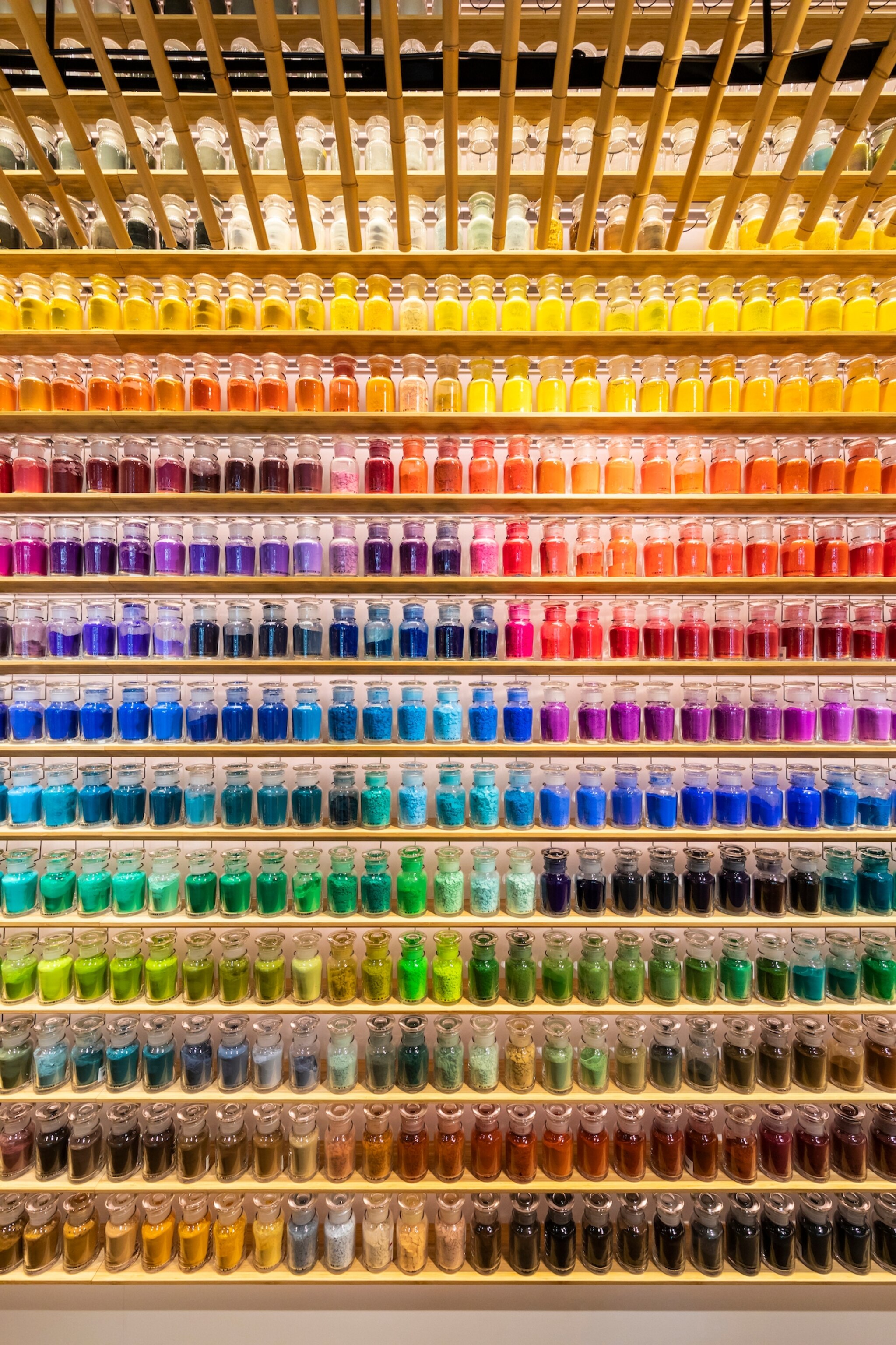
LOCATION: PIGMENT
THINGS TO SEE AND DO: There are all the colors of the rainbow – and many, many more – on the walls at PIGMENT, an art store, laboratory and workshop in Shinagawa.
This is nirvana for anyone with an interest in visual arts, from the pigments in about 4,500 hues lining the walls, to the artisan-made calligraphy and paint brushes, to the papers, canvases, easels and other supplies. PIGMENT also serves as a museum, collecting and exhibiting rare and precious inkstones and brushes that showcase the history of art and design in Japanese culture.
BEST CHOICE: For the artistically inclined, PIGMENT offers workshops and courses to share the knowledge acquired in their onsite laboratory.

LOCATION: KAMA-ASA
THINGS TO SEE AND DO: To truly appreciate the skill and craftsmanship that goes into the creation of a Japanese kitchen knife, you have to cast your mind back – way back. The art of crafting blades in Japan stretches back to the time of the samurai, almost 1,000 years, when katana were made. The more modern iteration of this art form can be seen today in the creation of Japanese knives, in particular at KAMA-ASA, a retailer of some of the country’s finest kitchenware. Visit the KAMA-ASA store in Asakusa and you can appreciate the artistic beauty of these products, plus watch as knives are sharpened and engraved before being packaged for sale.
BEST CHOICE: Pick up the ultimate souvenir for a budding foodie: a santoku knife, the classic Japanese cooking utensil.
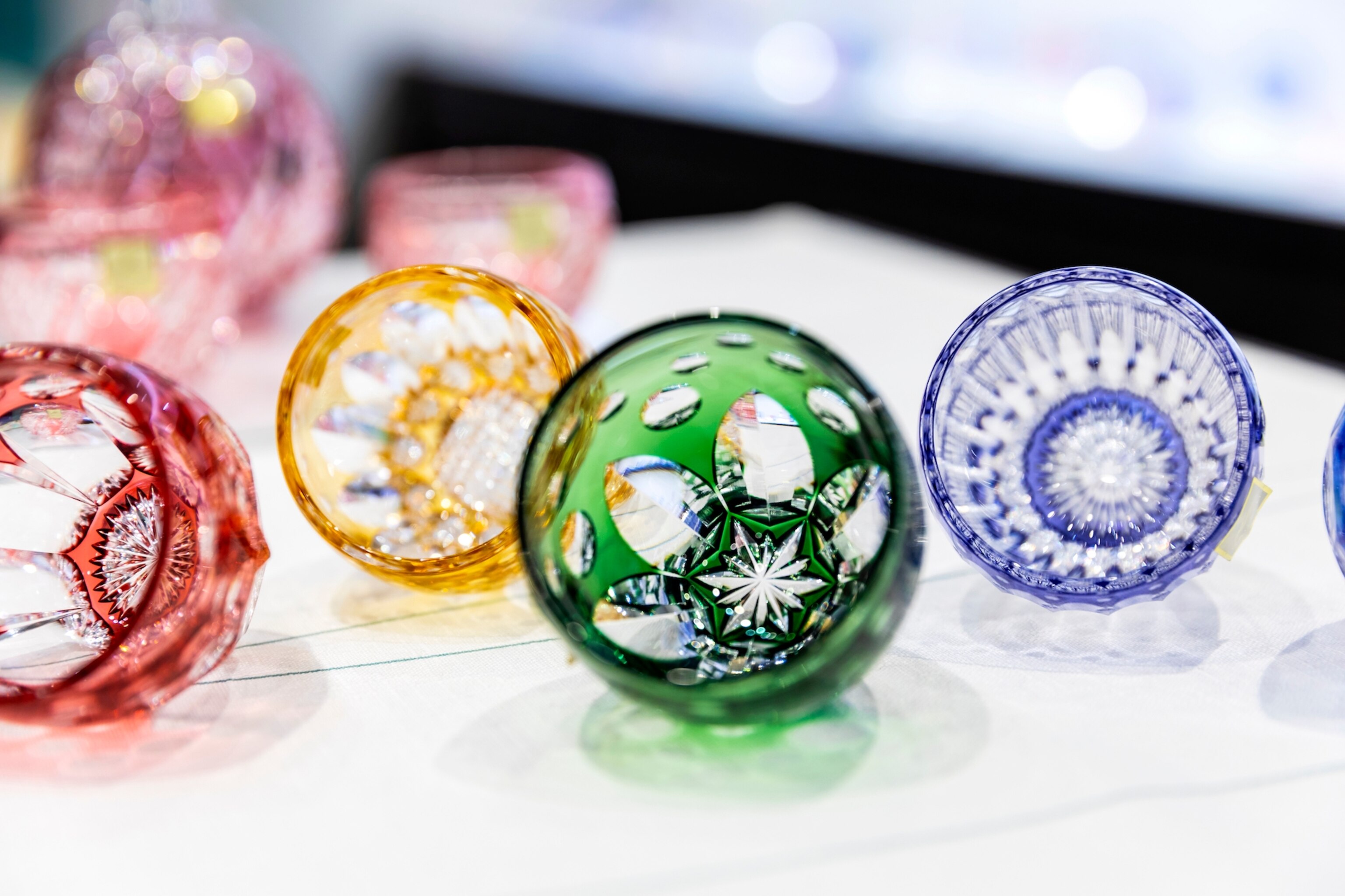
LOCATION: Kagami Crystal
THINGS TO SEE AND DO: So much of Japan’s artisanal skill can be seen in the small things: in beautifully designed stationery; in a hand-crafted kitchen knife; and in crystal glassware, cut with precision and styled with skill. The last is an art form that dates back hundreds of years and is still practised today by the masters at Kagami, a glassware store in bustling Ginza. Here you’ll find everything from crystal whisky and sake glasses to ornamental glassware, all blown, cut and engraved according to the tradition of Kozo Kagami, the founder of the company, and a master of the craft.
BEST CHOICE: Kagami’s hand-cut crystal whisky glasses make the perfect accompaniment to a bottle of Japan’s now famous spirits.
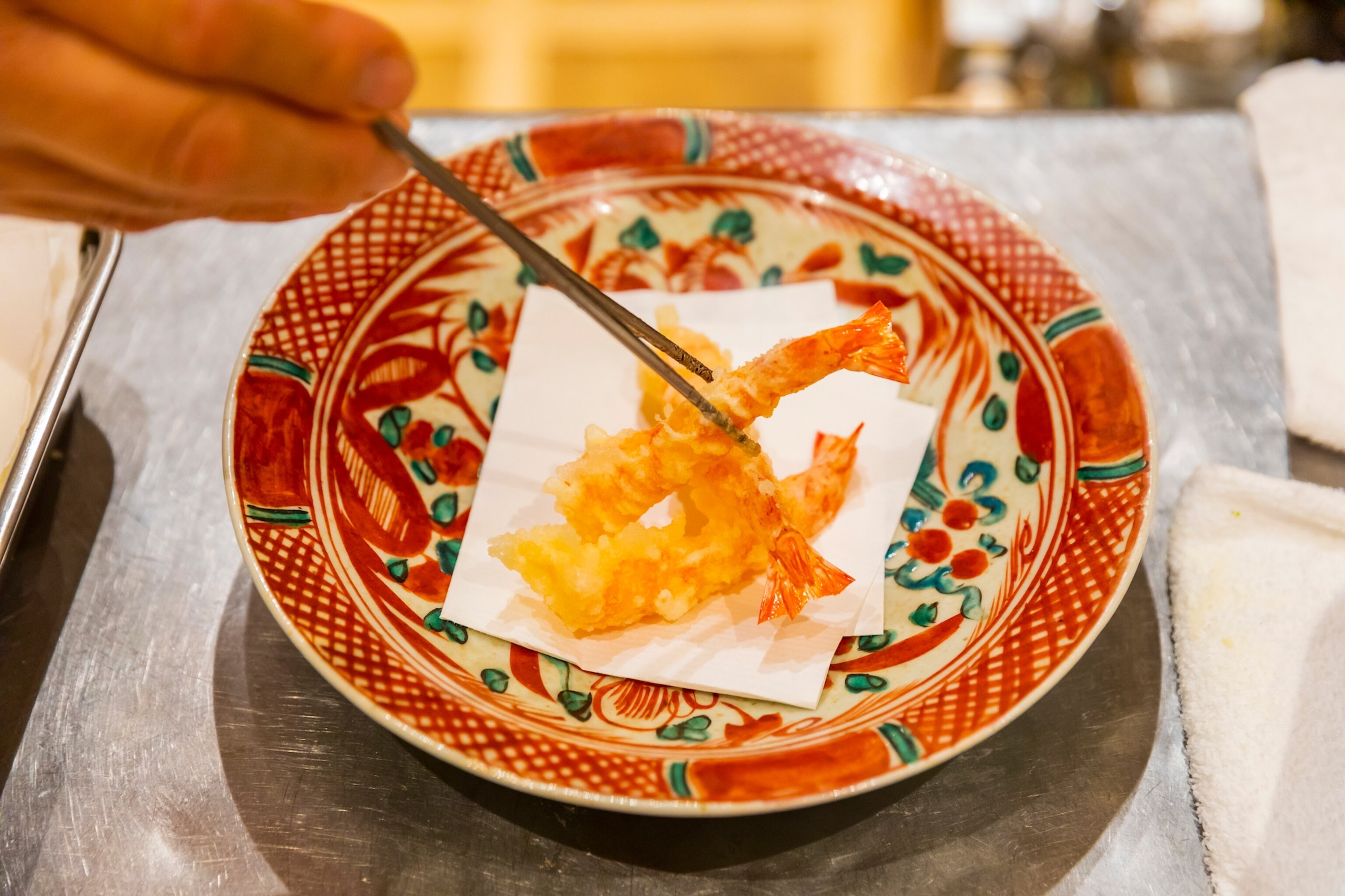
LOCATION: Tempura Fukamachi
THINGS TO SEE AND DO: This Michelin-starred tempura joint elevates deep-fried food to an almost unbelievable level. Each course in a degustation-style meal here is a single, carefully chosen piece of seafood or vegetable that has been dipped in lighter-than-air batter and fried until it’s just perfect. This is a style of cooking that has been around in Japan for centuries – it was introduced by Portuguese explorers in the 16th century – and which has been perfected at this friendly, intimate restaurant in the backstreets of Ginza.
BEST CHOICE: For those travelling on a budget, the lunch menu at Fukamachi is much cheaper than the dinner set.
Discover more about where old meets new at experiencetokyo.nationalgeographic.com
